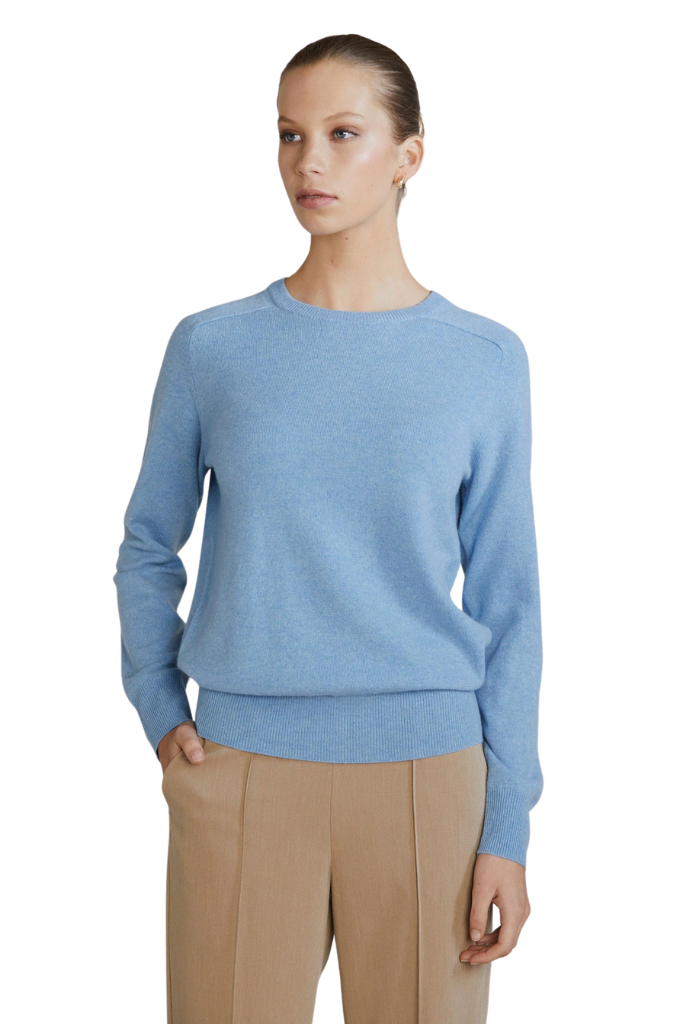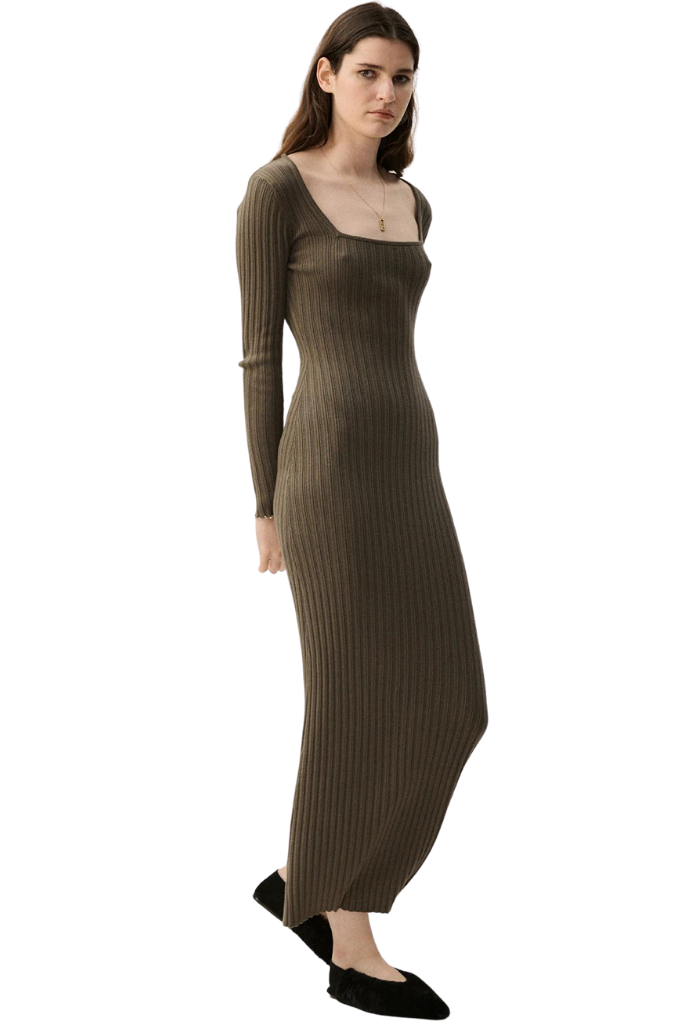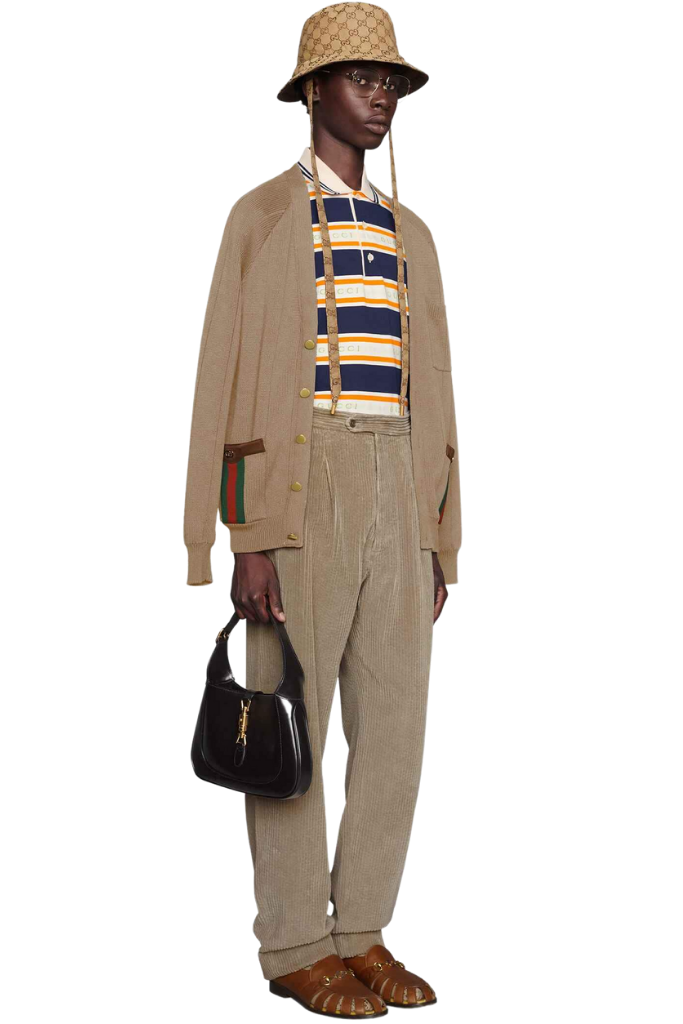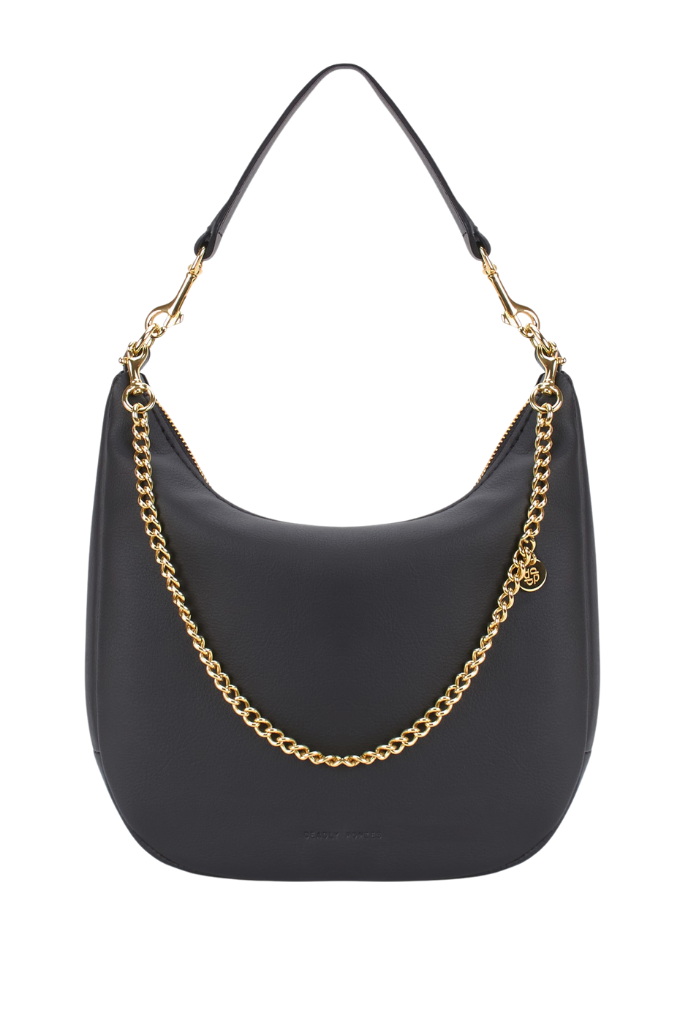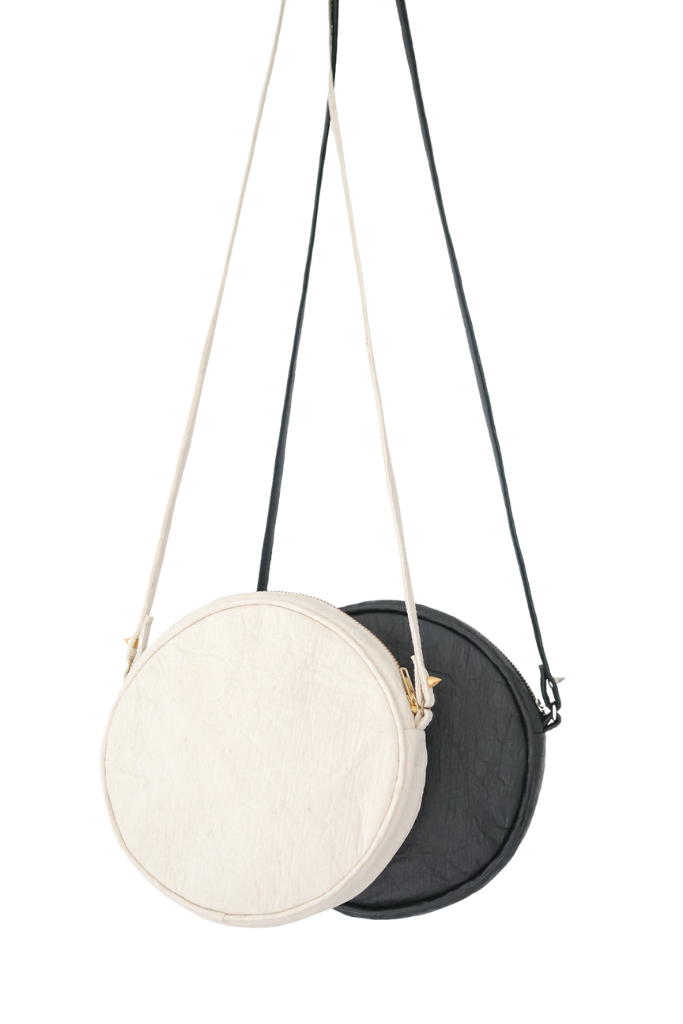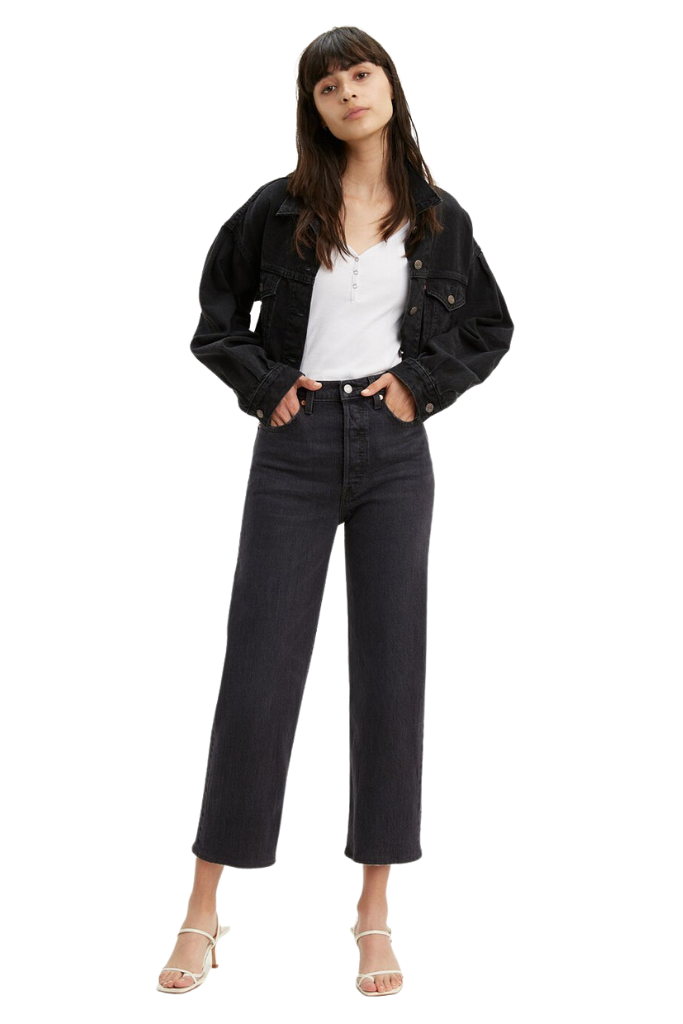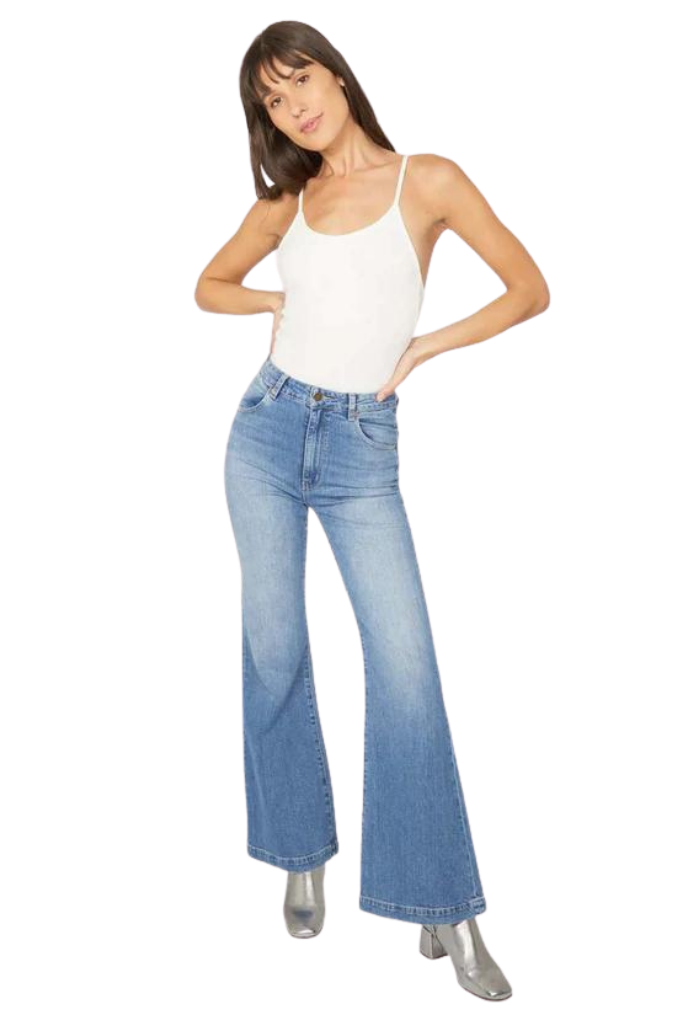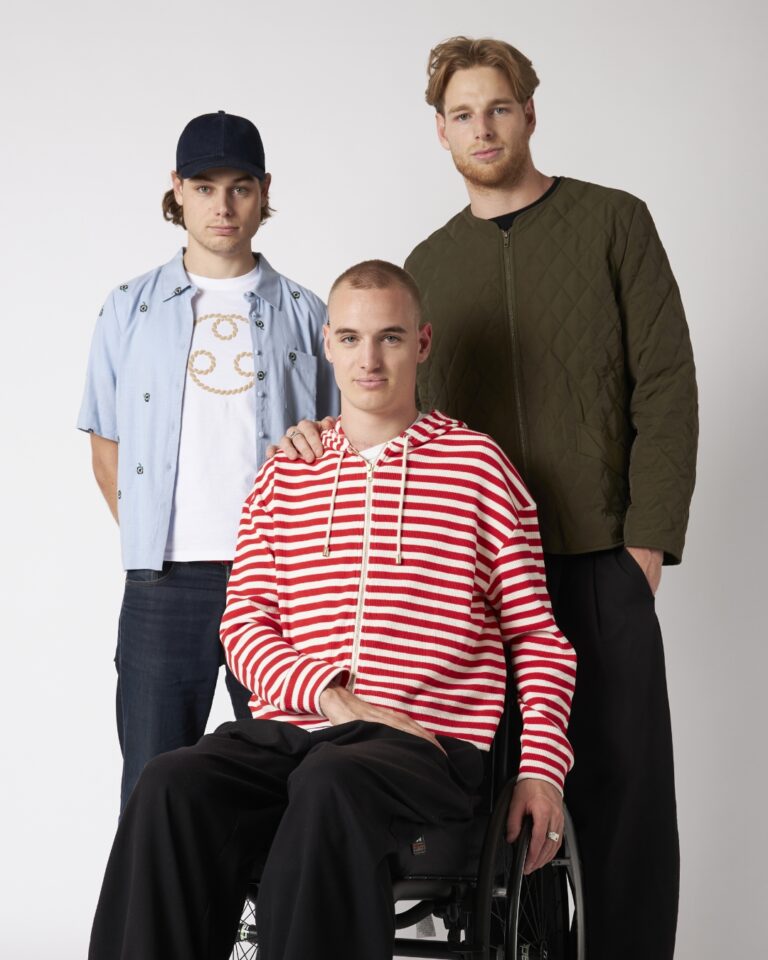
There’s something about a change in climate that gets everyone excited for a refreshed wardrobe. But with excitement comes responsibility — don’t forget about the clothes you already own, and when it comes to purchasing new, opt for sustainably-minded and natural fabrics (where you can).
Once you’ve pulled out your cosy favourites and invested in key new pieces, don’t forget to read up on how to care for and store your garments so they continue looking and feeling their best. Read on for some of our favourite, seasonally appropriate materials for all autumn occasions.
Wool
There’s nothing more luxurious than a trusty merino turtleneck or cashmere crew for layering with a dress or worn with jeans and a blazer for the colder climate. And when it comes to woollen outerwear, we’re fancying the shacket — a hybrid coat-jacket that hits the sartorial spot.
A quality wool staple will last you for years when cared for appropriately. You don’t need to wash it every wear — make the most of a wool comb for pilling, and reap its breathable, moisture-wicking, and wrinkle-resistant properties.
Pro tip: look for garments made from wool that can be traced back to the grower to ensure authenticity and a transparent supply chain.
Cotton
For those who run a little on the warmer side, ditch itchy, stuffy synthetics in favour of cotton for its soft, odour-free, and hypoallergenic properties. Reach for a trusty cotton t-shirt when in doubt, or indulge in a luxurious cotton french terry knit while lounging at home.
Seek out organic cotton where possible — the absence of harmful chemicals from the farming process reduces pollution, water contamination and soil degradation and safeguards makers’ health. And while certified organic cotton is even better, note that this requires everyone in the supply chain (including retailers) to be certified, which can be cumbersome and costly for small, local manufacturers and brands.
Corduroy
As seen on the recent autumn-winter 2022-23 runways, corduroy (a ridged form of velvet) is back in a big way, as are other fabrics adding interest and texture to a garment, including quilting, tweed, and 3D embossing.
We’re enjoying corduroy’s comeback for many reasons. It’s durable and stylish, and we’re a little partial to its seventies-esque flair — think rich colours, tailored suits, and bell-bottoms to add some cheer to our day. A thicker, heavier fabric, corduroy will keep you warm on a chilly day, and is comfortable but dressy.
Leather alternatives
You can’t go wrong with a leather-look bag to elevate your cold-weather attire. In honour of Fashion Revolution Week, it’s an opportune time to celebrate innovations that champion regenerative agriculture, earth-friendly production, and vegan-appropriate materials.
Deadly Ponies’ highly coveted organic cactus leather bags are made from nopal cactus leaves, a byproduct of the pharmaceutical industry. Grown sustainably in Mexico, the result is a buttery-soft, non-toxic material.
There’s also local maker Velvet Heartbeat. Impressively, it was the first brand in New Zealand to offer bags and accessories made from Piñatex, a byproduct of waste pineapple leaf fibre that provides developing farming communities with work.
Denim
For those who always opt for the winning combination of ‘jeans and a nice top’, you’ll love this season’s array of denim, including straight boyfriend and flared, wide-leg styles. At its core, denim is a tough fabric made from cotton (often with a small amount of elastane for stretch).
Interestingly enough, you don’t need to wash your denim regularly. While this may seem a little out there, denim experts swear by sealing their jeans in a bag and putting them in the freezer for 24 hours to remove any lingering odours. For stain removal, use a mild detergent and water mixture, and blot with a cotton-tipped swab or damp cloth until the area becomes clean. Et voilà!
When it comes to sustainable innovations in denim, we admire Levi’s for its ‘Water<Less’ technology, reducing up to 96% of the water used to produce denim. The heritage denim brand has even devised a ‘Wellthread’ recycled denim collection made from worn-out jeans and organic cotton, keeping old jeans out of landfill and furthering circularity goals.
For even more style inspiration, discover what the Fashion Quarterly team are coveting this Earth Day.



